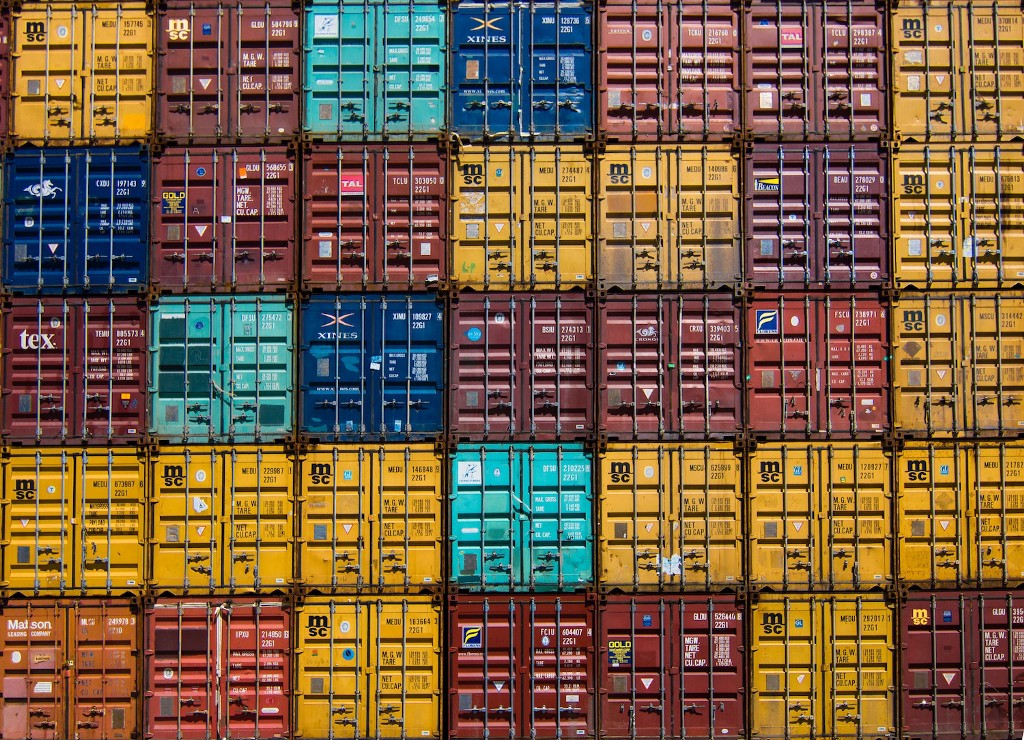Impact Voices is an occasional series sharing the opinions of impact investing practitioners and leaders with ImpactAlpha readers. The views expressed in Impact Voices are the writers’ own, not ImpactAlpha’s.
By Justice Durland, Convergence
They need to look like ducks, swim like ducks, and quack like ducks. If investments in the U.N.’s 17 Sustainable Development Goals can look like any other investment, private capital will flow toward the global goals.
Pension and sovereign funds, insurance companies, family offices and other private investors are beginning to get the “SDG prize.” By one estimate, there are $12 trillion in business opportunities in markets like food and agriculture, energy and materials, and health and well-being. But for such investors to shift the trillions in capital necessary to capture that opportunity, SDG-aligned investment vehicles and products must look and feel much more familiar.
The “private sector” is actually a diverse group of potential investors, operating with different mandates, constraints, and risk/return preferences. Public and philanthropic funders must have a better understanding of different private sector segments. Products and investment vehicles that respond and communicate to investor preference will ease the deployment of private capital into SDG-aligned sectors.
Blended finance
How can public and philanthropic funders lay the groundwork for the large-scale arrival of private capital for the SDGS? The right structures and incentives must be put in place to direct private investment into the Global Goals. Blended finance structures can and should be leveraged to create assets that fit within the needs of the different private sector segments.
https://medium.com/media/ddf95b725e68d9689323a4098efc39db/href
There is an enormous potential to influence capital flows through blended finance, because many blended finance transactions are well-aligned to alternative asset classes such as private equity, infrastructure, and illiquid credit. Institutional investors (e.g., pension funds, insurance companies) already allocate a little over USD 2 trillion or 1% of their total assets to alternative asset classes in developing countries relevant to blended finance — enough to nearly fill the SDG financing gap and put us well on the road to achieving the Global Goals.
Getting buy-in
Ultimately, private investors are bound by their corporate mandates, fiduciary responsibilities, technical capacities, and regulatory environments. Public and philanthropic funders must understand these constraints in order to craft appropriate engagement strategies.
In our recently released report for the Blended Finance Taskforce*,“Who is the private sector? Key considerations for mobilizing institutional capital through blended finance”, we identified four actions that can be taken to mobilize private capital at scale for the Global Goals.
Finding the right blend to finance the global goals
Speak their language. Public and philanthropic funders must communicate in the language of institutional investors and focus on the credible, commercial investment opportunities that are presented by the Global Goals. Blended finance solutions should focus on producing assets that are familiar to institutional investors and to which they already have allocations. Framing blended finance as a structuring approach within recognized and well-understood asset classes is key to scale.
Team up. Public and philanthropic funders should collaborate on well-proven blended finance solutions, while also promoting standardization and reducing complexity. It is critical that this work is undertaken in close consultation with private investors to ensure resulting transactions are aligned to private investor interests. In addition, more mainstream assets (e.g., investment grade listed bonds and notes) should be created, with the objective of shifting away from stand-alone transactions towards portfolio solutions.
Learn from elders. We need to build off the capabilities and experience of Development Finance Institutions (DFIs) like the IFC and EBRD. DFIs have a comparative advantage in investments in developing countries and are often trusted by private investors. To engage private investors effectively, they need to increase the number and scale of transactions they arrange, with the express purpose of transferring participation in aggregated portfolios of those assets through syndication, or other means, to private investors.
Data, data, data. There is a need for greater transparency in the blended finance market to build the evidence base for private investors to justify participation. There is currently a paucity of return data on blended finance transactions, particularly return data for the commercial layers of capital in blended finance transactions, which can be a hindrance for attracting new investors into the field. To begin addressing this lack of data, Convergence has built a historical deals database that profiles nearly 250 closed blended finance transactions that our members can filter and analyze across sector, region, size, instrument, and impact objective.
Blending finance to crowd in private capital for climate action and the global agenda
As reported in our State of Blended Finance report released last year for the Blended Finance Taskforce, 187 blended finance deals that we analyzed (classified as funds and facilities or projects and businesses), since the early-90's, have mobilized $51.2 billion for development. While this demonstrates success in leveraging public or philanthropic concessional capital to attract private sector investment, it is critical to scale up the size and scope of blended finance activities significantly if we are going to achieve the Global Goals by 2030. To do this, public and philanthropic funders will need to break from business as usual to get the private sector to start paying attention.
The working paper was commissioned by the Business & Sustainable Development Commission’s Blended Finance Taskforce and contributes to its consultation paper “Better Finance, Better World.”











